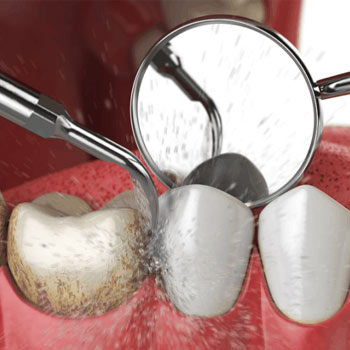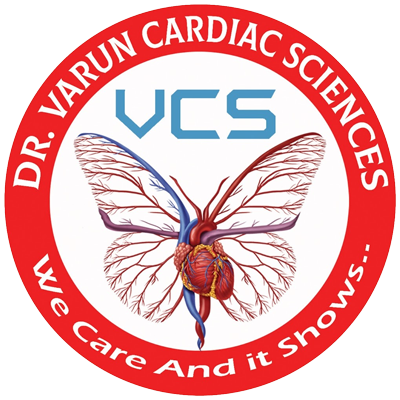What is Teeth Cleaning?
Teeth cleaning, also known as prophylaxis, is a vital dental procedure aimed at maintaining oral health and preventing dental issues such as cavities, gum disease, and bad breath. This professional dental service involves the removal of plaque, tartar, and stains from the teeth, ensuring they remain clean and healthy. Unlike regular brushing and flossing, teeth cleaning performed by a dentist or dental hygienist uses specialized tools and techniques to reach areas that are often missed during daily oral care routines.
What is the importance of Teeth Cleaning?
Regular teeth cleaning is crucial for several reasons
Prevention of Tooth Decay
Plaque, a sticky film of bacteria, constantly forms on our teeth. If not removed, it can harden into tartar, which can only be removed by a dental professional. Plaque and tartar can lead to tooth decay, which, if left untreated, can result in cavities and tooth loss
Gum Disease Prevention
Gingivitis, the early stage of gum disease, can develop if plaque is not adequately managed. Professional teeth cleaning helps remove the plaque and tartar that cause gum inflammation, reducing the risk of gingivitis progressing to more severe periodontal disease.
Fresh Breath
Bad breath, or halitosis, is often caused by the buildup of plaque and tartar. Teeth cleaning eliminates these odor-causing elements, resulting in fresher breath
Overall Health
Oral health is closely linked to overall health. Poor oral hygiene can contribute to various systemic conditions, such as heart disease, diabetes, and respiratory issues. Regular teeth cleaning helps reduce the risk of these health problems
What is the teeth cleaning procedure?
A typical teeth cleaning session involves several steps
Physical Examination
Before starting the cleaning process, the dentist or dental hygienist will conduct a thorough examination of your mouth. They will use a small mirror to check for any signs of oral health issues such as inflamed gums, cavities, or other dental problems
Removal of Plaque and Tartar
Using a scaler, the dental professional will carefully remove plaque and tartar from around your gum line and between your teeth. This process, known as scaling, is essential for preventing gum disease and tooth decay
Professional Brushing
After scaling, the dental hygienist will use a high-powered electric brush and gritty toothpaste to clean and polish your teeth. This step helps remove any remaining plaque and stains, leaving your teeth smooth and shiny
Flossing
Professional flossing ensures that any debris or plaque trapped between your teeth is removed. This step is crucial for maintaining healthy gums and preventing interdental cavities
Rinsing
A rinse will be performed to wash away any loosened plaque, tartar, and toothpaste. This usually involves a fluoride rinse to help strengthen your teeth and protect them from decay
Fluoride Treatment
The final step in a teeth cleaning session often involves a fluoride treatment. A fluoride gel or varnish is applied to your teeth to help strengthen the enamel and provide additional protection against cavities
How often should teeth be cleaned?
Most dental professionals recommend having your teeth cleaned every six months. However, the frequency may vary depending on your oral health needs. Individuals with a history of gum disease or other dental issues may require more frequent cleanings. Regular visits to the dentist allow for early detection and treatment of potential problems, ensuring long-term oral health.
At-Home Oral Hygiene
While professional teeth cleaning is essential, maintaining good oral hygiene at home is equally important. Here are some tips to keep your teeth and gums healthy between dental visits
- Brush Twice Daily: Use a fluoride toothpaste and a soft-bristled toothbrush to brush your teeth for at least two minutes twice a day
- Floss Daily: Flossing helps remove plaque and food particles from between your teeth and along the gum line
- Use Mouthwash: An antibacterial mouthwash can help reduce plaque and freshen your breath
- Healthy Diet: Limit sugary and acidic foods and beverages that can contribute to tooth decay
Teeth cleaning is a fundamental aspect of dental care that plays a crucial role in maintaining oral and overall health. Regular professional cleanings, combined with good at-home oral hygiene practices, can help prevent dental problems and ensure a bright, healthy smile. Make an appointment with your dentist today to keep your teeth and gums in top condition

